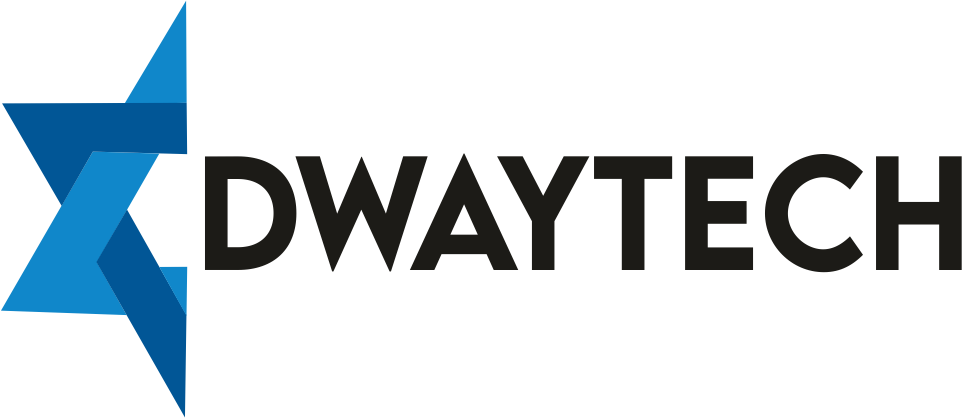It is more crucial than ever to make well-informed decisions in the hectic corporate world of today. This is where business analysis frameworks and methodologies come into play. These tools help businesses evaluate their strengths, identify opportunities, and make strategic moves backed by data. But what exactly are these frameworks and methodologies, and why are they so crucial?
The Role of Business Analysts
Business analysts act as the bridge between an organization’s goals and the steps needed to achieve them. Their primary responsibilities include identifying business needs, assessing potential solutions, and ensuring that chosen strategies align with business objectives. They use frameworks and methodologies to conduct thorough analyses and provide actionable recommendations.
What Are Business Analysis Frameworks?
A business analysis framework is a structured approach to identifying, analyzing, and addressing business challenges. Frameworks help businesses map out the landscape in which they operate, allowing for a clearer understanding of internal strengths, external opportunities, potential threats, and other critical factors. Organizations can avoid making decisions based on gut feelings or incomplete data by following a predefined structure.
Popular Business Analysis Frameworks
Several frameworks are widely used in business analysis, each offering a unique lens for evaluating challenges and opportunities. Let’s look at three popular ones: SWOT, PESTLE, and Porter’s Five Forces.
SWOT Analysis
The SWOT framework focuses on analyzing four key elements:
- Strengths: What is your business good at?
- Weaknesses: Where could your business improve?
- Opportunities: What external factors can you capitalize on?
- Threats: What external risks should you be aware of?
SWOT is great for strategic planning because it allows businesses to align internal capabilities with external opportunities while mitigating risks.
PESTLE Analysis
PESTLE analysis is another popular framework that focuses on evaluating external factors that can impact a business. These factors include:
- Political
- Economic
- Social
- Technological
- Legal
- Environmental
PESTLE is especially useful when businesses are looking to enter new markets or adapt to changes in their industry.
What Are Business Analysis Methodologies?
While frameworks provide a structured way to assess business situations, methodologies are step-by-step processes that guide how analyses are conducted. They serve as the roadmap for business analysts to follow from project inception to completion.
Popular Business Analysis Methodologies
Several methodologies are commonly used in business analysis, each suited to different types of projects. Some of the most well-known include Waterfall, Agile.
Waterfall Methodology
A linear, sequential approach to project management is the Waterfall methodology. It’s best for projects where requirements are well-defined from the start, and little change is expected. Each phase flows into the next, like a waterfall, making it ideal for projects like software development with fixed timelines and budgets.
Agile Methodology
In contrast, the Agile methodology is an iterative approach that allows for flexibility and adaptability. Agile is most commonly used in industries where change is constant, such as technology and software development. It focuses on delivering small, incremental changes quickly, allowing for continuous feedback and improvement.
How to Choose the Right Framework or Methodology
Selecting the right framework or methodology depends on several factors, including the nature of the business, the goals of the project, and the industry context. For example, a company looking to enter a new market might use PESTLE analysis, while a project that requires rapid iteration and customer feedback would benefit from the Agile methodology.
Benefits of Using Frameworks and Methodologies in Business Analysis
The use of frameworks and methodologies in business analysis offers several advantages:
- Better Decision-Making: Frameworks help ensure decisions are based on structured, well-analyzed data rather than intuition.
- Enhanced Communication: Methodologies provide a clear process, helping teams and stakeholders stay aligned throughout the project.
- Risk Mitigation: Identifying potential threats or weaknesses early allows businesses to take preemptive action.
Conclusion
In the ever-evolving business landscape, having the right tools for analysis is crucial for success. Business analysis frameworks and methodologies provide the structure and processes needed to make informed, strategic decisions. Whether it’s conducting a SWOT analysis to identify strengths and weaknesses or adopting an Agile methodology for fast-paced projects, these tools are essential for modern businesses looking to thrive.
Faq’s
- What is the difference between a business analysis framework and a methodology?
- A business analysis framework provides a structured way to assess a business situation, focusing on factors like internal strengths or external environments. A methodology, on the other hand, is a process or approach used to conduct the analysis, outlining specific steps from start to finish.
- Which is better for project management: Agile or Waterfall?
- It depends on the project. Agile is better suited for projects that need flexibility and frequent updates, like software development. Waterfall is ideal for projects with well-defined stages and requirements that are unlikely to change, such as construction or manufacturing.
- What are some examples of business analysis frameworks?
- Common business analysis frameworks include SWOT analysis (Strengths, Weaknesses, Opportunities, Threats), PESTLE analysis (Political, Economic, Social, Technological, Legal, Environmental), and Porter’s Five Forces for competitive analysis.
- Why is Lean Six Sigma popular in process improvement?
- Lean Six Sigma is popular because it combines two powerful methodologies: Lean focuses on minimizing waste, while Six Sigma aims to reduce errors. Together, they help businesses improve efficiency, quality, and customer satisfaction.
- How do I choose the right business analysis methodology?
- Choosing the right methodology depends on your project’s nature, goals, and industry. For flexible, evolving projects, Agile is a good choice. For projects with clear timelines and deliverables, Waterfall works well. For quality and efficiency-focused initiatives.
Also, Useful Links:
Business Analyst Training Course Online Request Demo











